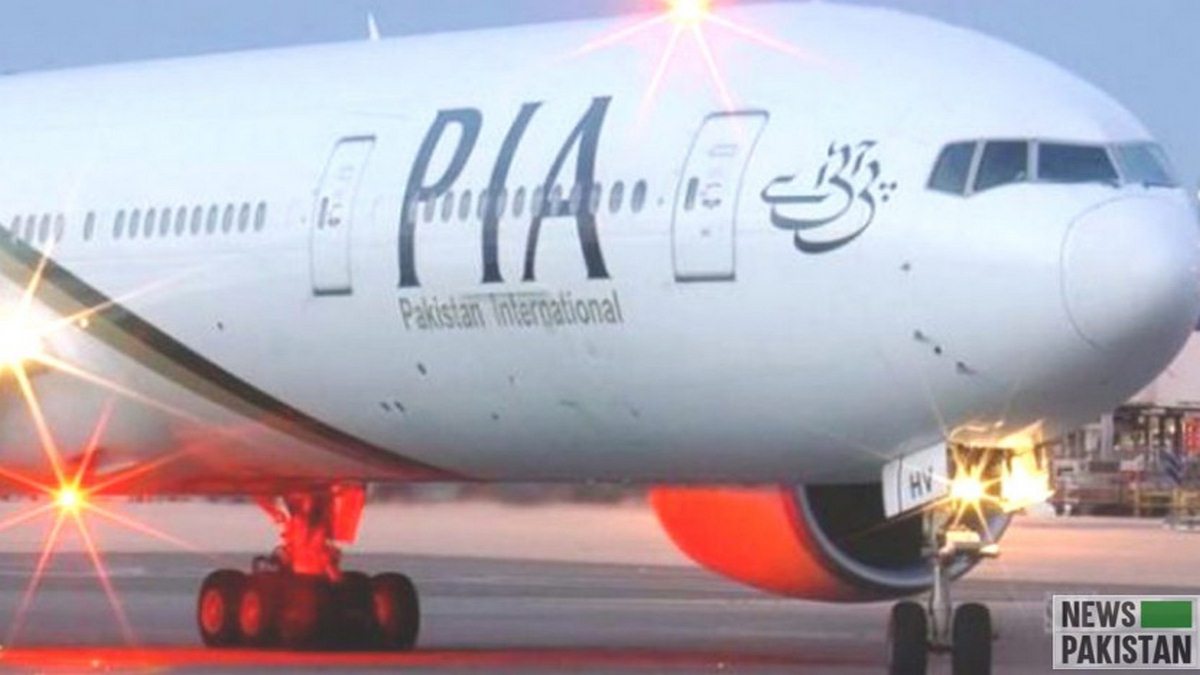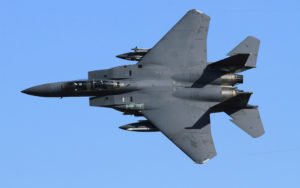NEW DELHI: Bewildered by the recent skirmish in Ladakh that took 20 Indian lives, foreign ministers of India and China talked on phone and decided to abide by the existing agreements in order to avoid any such incident in future ensuring tranquility in this Himalayan terrain.
Meanwhile, Indian Prime Minister Narendra Modi in a televised address to the nation (referring to the deadliest clash between two countries in four-and-a-half decades) stated that the sacrifice of soldiers killed in Ladakh by China’s army would not go in vain. India claims that the violent face-off was an attempt by China to unilaterally change the status quo on Galwan Valley frontier in Indian-administered Ladakh.
On one hand FMs of the two nuclear states are attempting to cool the matter down, on the other hand today India has warned China against making exaggerated and untenable claims to the Galwan Valley area. Beijing maintains that the Indian army was provoking and attacking Chinese personnel.
While China has not disclosed whether its forces suffered any casualties, Indian government sources claimed a total of 43 soldiers were killed and injured on the Chinese side. A Chinese military commander, giving no details, also confirmed casualties in a statement released late Tuesday (16th June).
On Monday 15th of June Indian Army had claimed that 20 of its soldiers (including a Colonel) were killed in a violent face-off with China on the disputed border with reports of violence on Tuesday 16th of June as well.
In a statement, the Indian Army said “17 Indian troops who were critically injured in the line of duty at the stand off location and exposed to sub-zero temperatures in the high altitude terrain have succumbed to their injuries, taking the total that were killed in action to 20.”
According to Indian Army the skirmish took place in the Galwan Valley in the mountainous region of Ladakh: “While the de-escalation process was underway way in the Galwan Valley, a violent face-off took place on Monday night with casualties on both sides. The loss of lives on the Indian side includes an officer and two soldiers.”
It is pertinent to mention here though the two nuclear forces are at daggers drawn in the western Himalayas for a number of weeks now, this was the first incident when the blood was drawn. The Editor-in-Chief of Global Times Hu Xijin has taken to the Twitter to claim: “Based on what I know, Chinese side also suffered casualties in the Galwan Valley physical clash.”
Spokesman of Chinese Foreign Ministry held that Indian troops violated a consensus by illegally crossing the border twice and carrying out provocative attacks on Chinese soldiers, resulting in serious physical clashes.
Both nuclear states are claiming thousands of square kilometres in the eastern Himalayas. Back in 1962 India and China fought a full-scale war for the same piece of terrain. Later too, a number of confrontations took place between the two neighbors.
One may recall that last month a skirmish took place between he two armies. India claimed that the Chinese soldiers entered an area controlled by them and commenced erecting tents and guard posts. According to Indian side the Chinese soldiers ignored repeated verbal warnings to leave. Later a fistfight followed.
Though the two armies had moved artillery guns in the region, officials from both sides were negotiating and said to be gradually de-escalating the situation before Monday’s incident.
One may recall that last month a skirmish took place between he two armies. India claimed that the Chinese soldiers entered an area controlled by them and commenced erecting tents and guard posts. According to Indian side the Chinese soldiers ignored repeated verbal warnings to leave. Later a fistfight followed. ,
Before the deadly clash, India and China were in the process of negotiating and de-escalating the tense situation. Since the two sides have positioned thousands of troops and moved artillery guns in the region a full-fledged war is a possibility.
Newspakistan.tv | YouTube Channel











